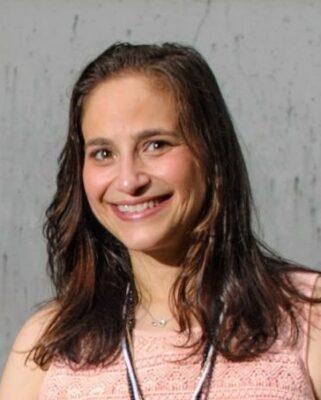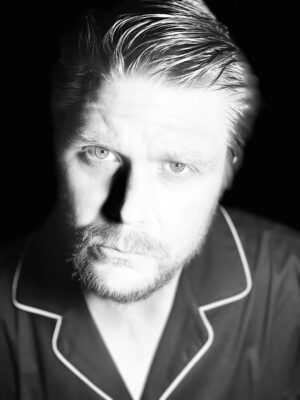This month we have been talking to Melanie Gerlis, art market columnist and reporter for the FT, editor-at-large of The Art Newspaper, author of ‘Art as an Investment?’ and general art world guru!
Where do you work ?
I work for myself, as a freelance journalist and writer, so am based at home. But the art market is very mobile, so sometimes I think I work mostly at Heathrow airport!
What is your job title?
I am an art market columnist and reporter for the Financial Times and editor-at-large of The Art Newspaper.
What time did you wake up ? What are you usual working hours?
Every day is different! But mostly I’m up at 6.45am as I have three children to get to primary school. A normal day means writing and interviewing between 9am and 6pm, which sounds like a regular job, except there are very few normal days! I often have to work outside these hours as interviewees are not always on a UK time zone; major auctions normally start at 7pm and weekends are often eaten into with the many art fairs around the world. I try to balance it out with taking pockets of time out – to see my children, get some exercise, read a book – which sometimes works out!
What are your key tasks ?
I write a weekly column for the Financial Times on the art market and regular articles on various aspects of the market for the FT, The Art Newspaper and Apollo magazine. I need to keep abreast of everything that is going on – Twitter is an invaluable resource and my email inbox gets very full – and strike a balance between going out and about and sitting down to write. One advantage of writing is that, with a half-way decent laptop, you can do it anywhere, but I find I focus better at my desk, with allocated ‘quiet time’.
What was your career path to this role ?
I had a fairly unconventional career path in that I had a completely different career to begin with. I was always interested in the arts and studied an English Literature degree and had a place at the Courtauld to do an MA in museum studies afterwards. But when I left Cambridge in 1996 there were so many jobs for graduates who knew how to use a computer, and really quite a lot of money around—it’s so difficult to imagine today!—so I was lured by the high-octane activity of the booming finance sector. I worked in financial public relations and investor relations for ten years, at a firm called Finsbury. I joined as a temp and left as an associate partner, during which time the company grew from being a start-up to a major, WPP-owned business. It was a very exciting experience, but eventually felt a long way from what I really wanted to do. So with a bit of money in my pocket, I was able to take a year out and study for an MA in Art and Business at Sotheby’s Institute, which was the best way to make the transition into the art market. While there, we had a lecture from Cristina Ruiz, then editor of The Art Newspaper, and I was hooked. So I went straight from there to work as her art market editor and, again, stayed for ten years. I went freelance when I got the Financial Times job.
What are the best and worst things about your job ?
The variation and the variation! It sounds glamorous, but when you have a week that includes a day in Paris and two nights in Marrakech, with three deadlines to fit it, you tend to economise on sleep and stress levels are high. Sometimes I fantasise about working five days a week, 9am-5pm, in the same place. But I know that probably after about two weeks I’d be bored. The pay in journalism is also pretty poor, but the other rewards—starting the day looking at paintings and having a validated platform to give your opinion—are extraordinary. And I love writing, which is important. If it ever becomes a daily essay crisis then I’ll have to re-think!
What careers advice would you give to your 18 year old self with the benefit of hindsight?
Not to worry too much about having a long-term career plan. You can always change your mind, rethink and retrain. Every part of your experience can benefit what comes next.
Have you had a secret job that is not on your CV ?
Yes! I made money during my university years by dressing in Elizabethan costume and singing madrigals to tourists and stag parties at Hatfield House in Hertfordshire!
Notes from DRAW · 22.06.2018




